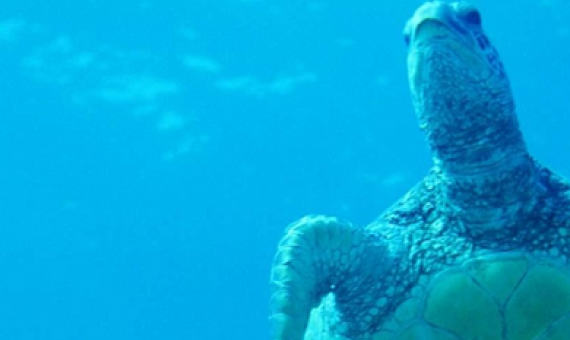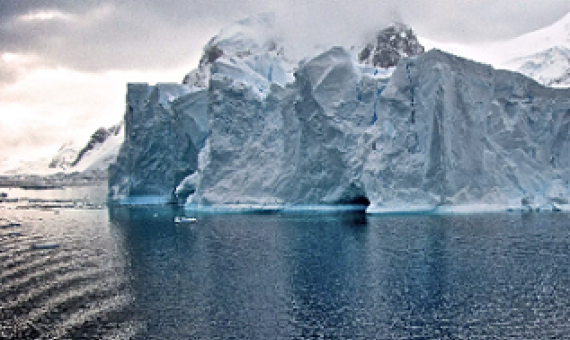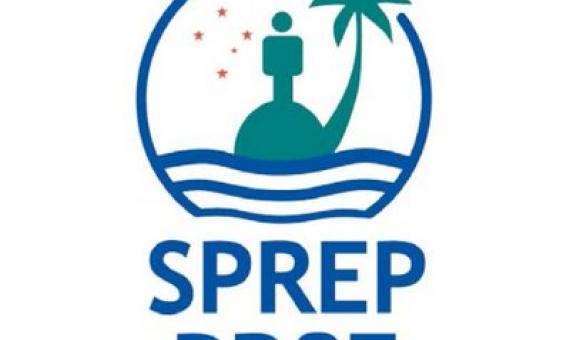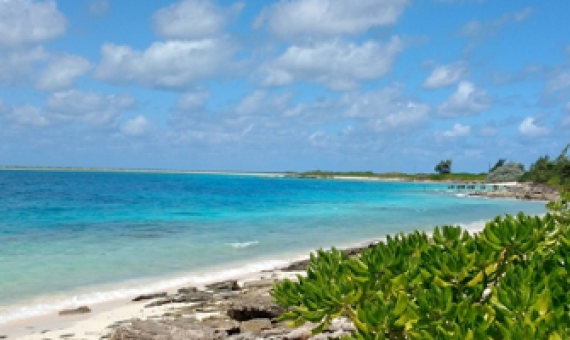The high seas begin 200 nautical miles from coastal shores, beyond the jurisdiction of any country...scientific expeditions in recent years have revealed that these areas, which make up nearly two-thirds of the world’s ocean, harbor an incredible array of species that provide essential services f
Minister for Asia and the Pacific Heather Wheeler spoke at the Pacific Island Forum (PIF) Partners' Dialogue on the UK's work to address global climate change. Link to full article below.
...25 nations who are signatories to the Convention for the Conservation of Antarctic Marine Living Resources (CCAMLR) have been debating proposals to establish a network of marine protected areas (MPAs) that would balance commercial fishing activity with conservation.
SPREP would like to call for tenders from qualified and experienced consultancy firms or individuals who can offer their services in promoting and gauging levels of support by Pacific Island Members for the proposed target of 30 percent of the region's seas in Marine Protected Areas by 2030 (30 x
Prime Minister Justin Trudeau has just turned the area into one of the world’s largest conservation areas, to counter the effects of rising temperatures on Arctic marine life and the indigenous people that call it home. Link to full article below.
A PRACTICAL GUIDE TO THE EFFECTIVE DESIGN AND MANAGEMENT OF MPAs FOR SHARKS AND RAYS
This Guide has been produced to provide practical, science-based advice on how to maximize the effectiveness of both new and existing shark and ray MPAs, to ensure these animals are protected now and far into the future. While it will be of interest to anyone wanting to know more about the subject, it’s particularly aimed at:
● Authorities responsible for marine habitat and species protection
● National fisheries managers
● Regional fisheries management organizations (RFMOs)
● NGOs and other conservation practitioners
Now researchers at MIT and the Woods Hole Oceanographic Institution have found evidence that tuna are spawning in the Phoenix Islands Protected Area (PIPA), one of the largest marine protected areas in the world, covering an area of the central Pacific as large as Argentina.
Setting ecological expectations for adaptive management of marine protected areas
Marine Protected Areas (MPAs) are being implemented worldwide, yet there are few cases where managers make specific predictions of the response of previously harvested populations to MPA implementation. Such predictions are needed to evaluate whether MPAs are working as expected, and if not, why. This evaluation is necessary to perform adaptive management, identifying whether and when adjustments to management might be necessary to achieve MPA goals.
Marine protected areas (MPAs) are an increasingly common way of protecting marine ecosystems by prohibiting fishing in specific locations. However, many people remain skeptical that MPAs will benefit fish populations. Click on the link below to read the full article.
One hectare of ocean in which fishing is not allowed (a marine protected area) produces at least five times the amount of fish as an equivalent unprotected hectare, according to new research published today. Click on the link below to read the full article.














